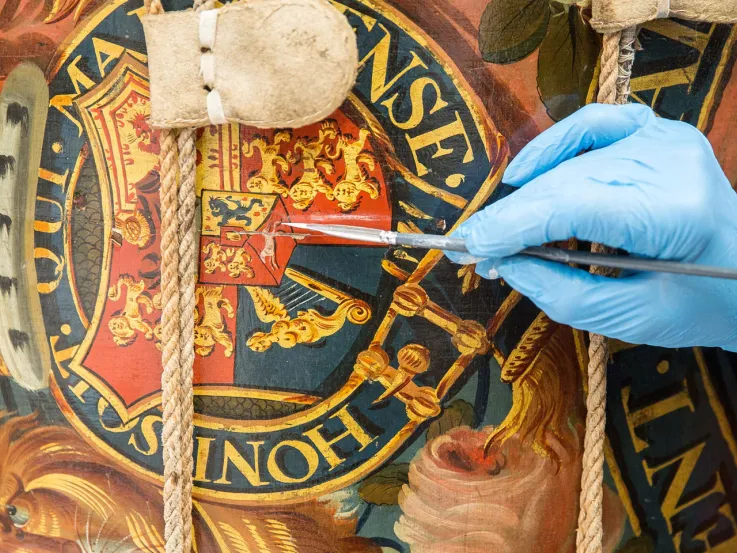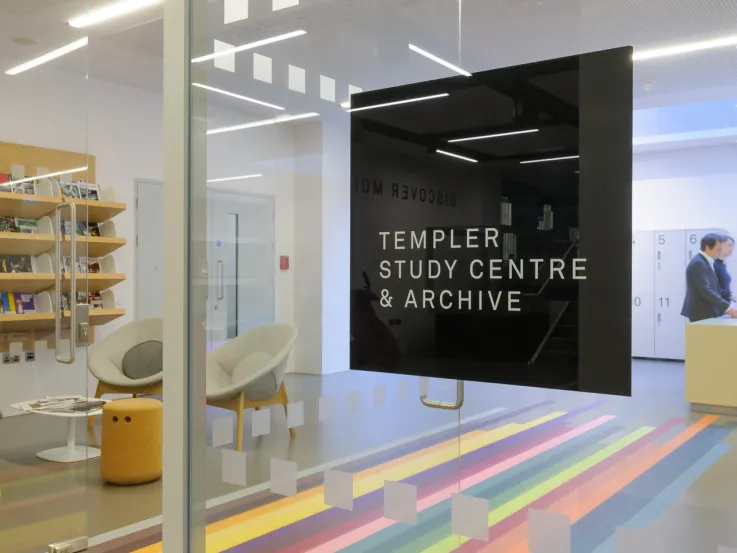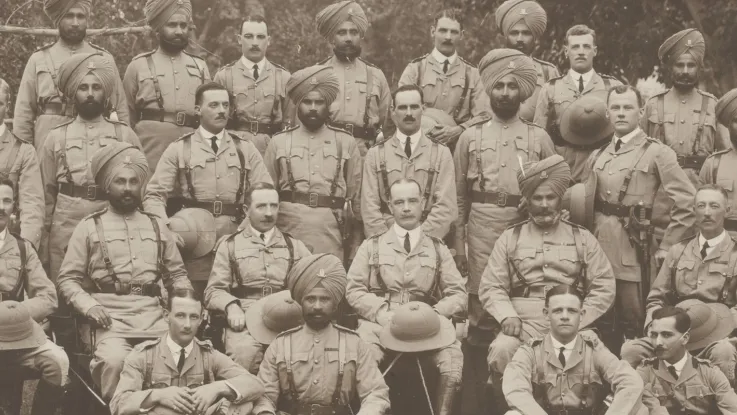What the Museum holds
Introduction
The National Army Museum Collection is the world’s largest, and most significant, accumulation of objects and archives relating to the British Army and other Land Forces of the British Crown (including the former Indian Army until 1947).
It consists of over one million items, spanning a 600-year period, and is likely to hold items or references that will be of use to your research into British military history.
Altogether, the Collection comprises:
- over 100,000 archives;
- 58,000 printed books and periodicals;
- 10,000 separate photographic collections (containing over 240,000 photographs);
- 3,670 maps and charts;
- 100,000 items of uniform badges and medals;
- 23,000 items of equipment and vehicles.
Contents
Several important collections have been transferred to the National Army Museum over the years, including:
- the former collections of the Women's Royal Army Corps, the Buffs and the Middlesex Regiment;
- part of the collection of the former Museum of Army Transport;
- the Disbanded Irish Regiments;
- collections from the (British) Indian Army;
- the Grenadier Guards and Coldstream Guards Archives.
Our archives include some of the most important collections relating to British military, political and social history. This includes the history of the British Army, its campaigns and battles, pre-eminent figures, such as the Field Marshals Lord Roberts, William Birdwood, and George Nugent, and the personal stories of less well-known figures from privates to generals.
We also hold many private and personal photographic collections, such as Surgeon John McCosh’s images of India in the 1840s-50s, Dr Hilton DeWitt Girdwood's 3D stereoscopes from the First World War, and Major James Sale's remarkable output of some 2,000 Second World War photographs.
What the Museum does not hold
The National Army Museum is not a repository for soldiers’ service papers. It is, therefore, unlikely that anything in our collections can give you definitive answers regarding the service of an individual soldier.
Find out more about researching a former soldier.
How to submit an enquiry
If you have read through the above advice and haven’t found an answer to your question, you can submit an enquiry through our contact form, by sending an email to info@nam.ac.uk, or by writing to:
Collections Enquiries
National Army Museum
Royal Hospital Road
London SW3 4HT
The National Army Museum does not have the capacity to respond to individual enquiries that are not directly related to the Museum’s collections. We continue to encourage enquirers to book to see our library and archive collections through the Templer Study Centre in Chelsea, or for our other collection types at our Collections Centre in Stevenage.



